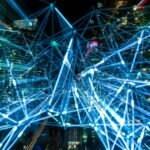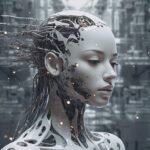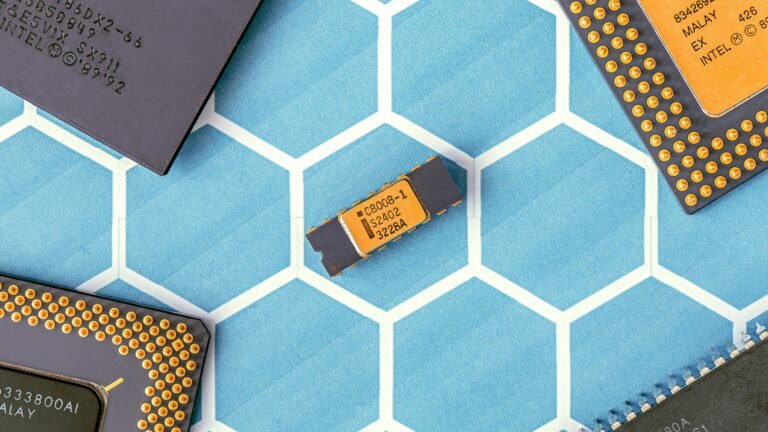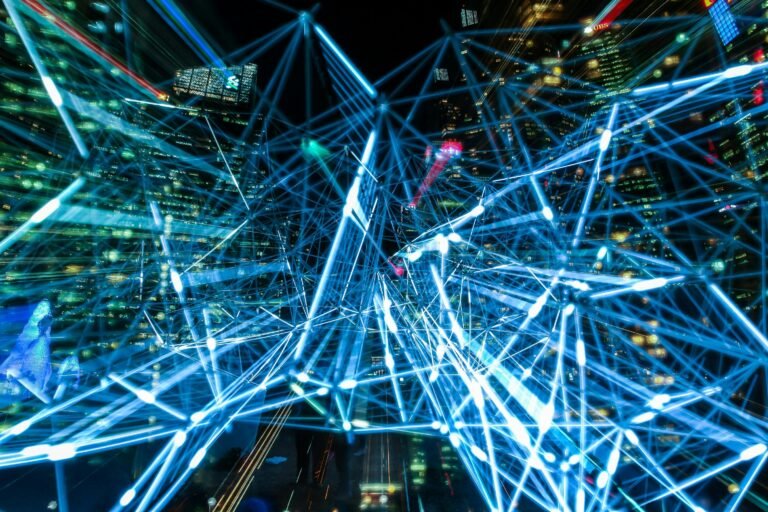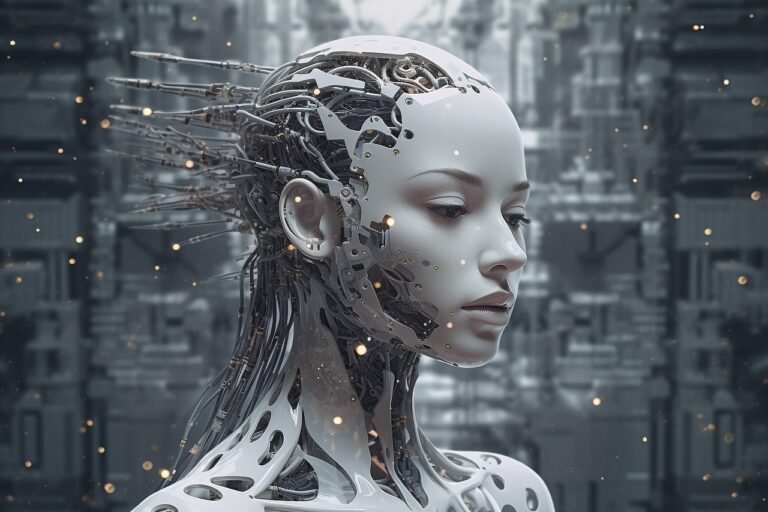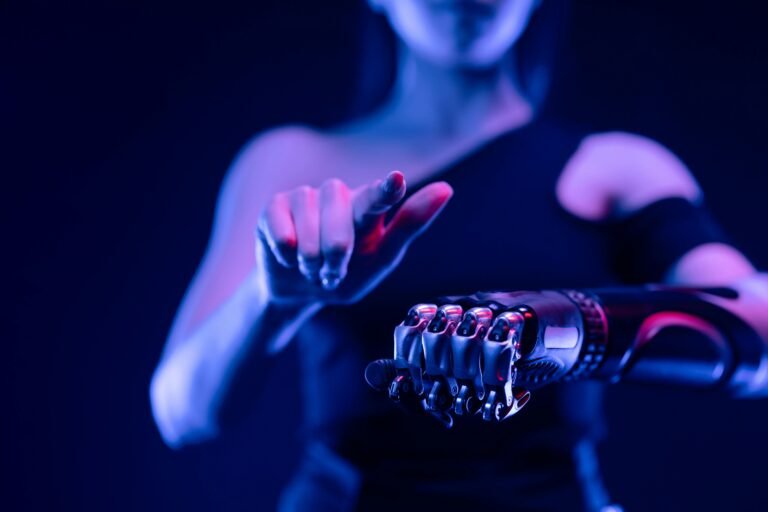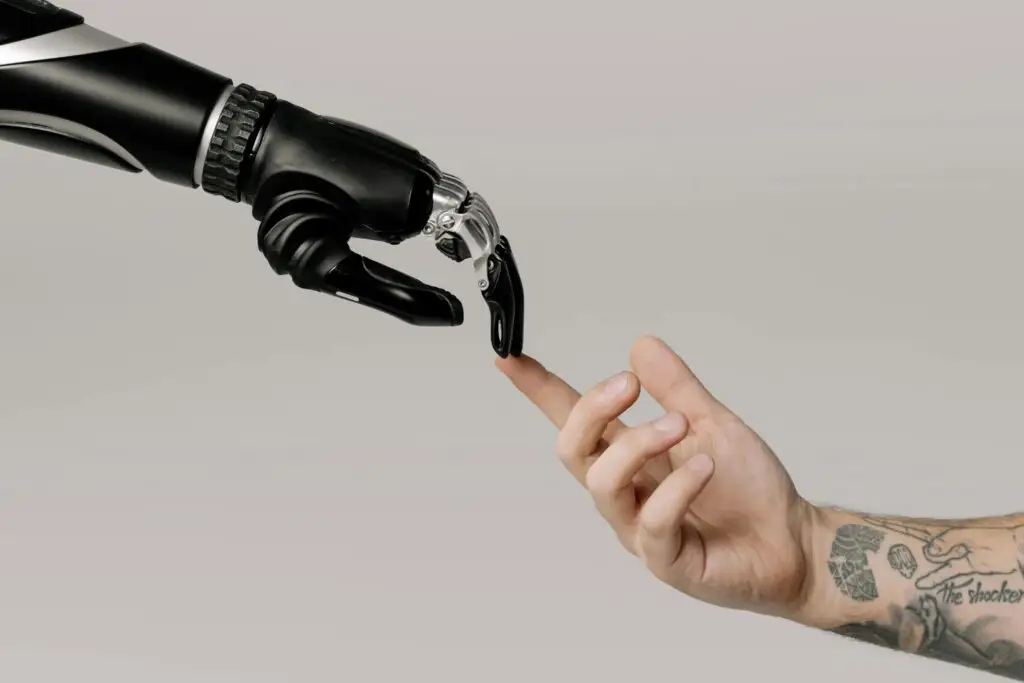
How AI Could Reshape Our Understanding of Artistic Ownership
The Fundamental Disruption of Human-Centered Copyright
Artificial intelligence is not merely challenging existing copyright frameworks it is fundamentally restructuring our understanding of what artistic ownership means in the digital age. The traditional copyright system, built on the foundational principle that only humans can be authors, faces an unprecedented challenge as AI systems create works that are increasingly sophisticated and commercially viable. This disruption extends beyond legal technicalities to touch the very essence of creativity, authorship, and the economic structures that support artistic creation.
The U.S. Copyright Office’s 2025 landmark ruling reinforces that “human authorship is an essential requirement for copyright protection,” yet this position reveals the growing tension between established legal frameworks and technological reality. When AI systems can compose symphonies, generate visual art, and write novels that rival human creation, the insistence on human-only authorship creates a legal void where potentially valuable works exist without ownership protection.
The Spectrum of Human-AI Collaboration
Rather than operating as a binary between human and machine creation, AI is establishing a spectrum of collaborative authorship that challenges traditional ownership models. The Copyright Office now recognizes that “outputs of generative AI can be protected by copyright only where a human author has determined sufficient expressive elements”. This creates several distinct categories of creative ownership:
Traditional Human Authorship remains fully protected, where AI serves merely as an advanced tool, similar to how word processors or digital audio workstations function today. Human-Guided AI Creation represents the emerging middle ground, where substantial human creative input through detailed prompting, curation, editing, and arrangement can establish copyrightable ownership. Autonomous AI Generation currently falls into the public domain, as works “created entirely by artificial intelligence cannot be owned under copyright law”.
This spectrum model acknowledges that creativity increasingly involves human-AI partnerships rather than replacement scenarios. Research indicates that “66% of creative professionals are already dancing this delicate dance with AI tools,” suggesting that collaborative models will become the norm rather than the exception.
Blockchain and Decentralized Ownership Models
The integration of blockchain technology is introducing new paradigms for documenting and managing artistic ownership that could fundamentally reshape how creative rights are established and maintained. Blockchain enables “time-stamping music files and linking them to a blockchain ledger” so creators can “prove ownership with an immutable record”. This technology addresses a critical gap in AI-assisted creation: the ability to document the human creative process in granular detail.
Smart contracts are automating royalty distribution and rights management, potentially eliminating traditional intermediaries while creating new forms of collective ownership. Platforms like Audius and Ujo Music demonstrate how “decentralized music platforms allow artists to sell music directly to fans and receive instant payments through blockchain technology”. These systems could enable more nuanced ownership structures where human collaborators, AI developers, and even data contributors share in the value created by AI-assisted works.
Tokenization through NFTs is creating novel ownership models where “fans become shareholders because they own a stake in their favorite music artists and can gain value from it”. This represents a fundamental shift from individual ownership to community-based value sharing that could become particularly relevant for AI-generated content where multiple parties contribute to the creative process.
Emerging Framework: Multi-Dimensional Authorship
Academic research is developing multi-dimensional frameworks that move beyond simple sliding scales of AI involvement to recognize the complex nature of human-AI collaboration. These frameworks examine multiple axes including “content generation, structural assistance, creative input, and analytical contribution,” recognizing that AI can assist in different aspects of creation while human agency remains central.
This approach suggests that future ownership models will need to accommodate varying degrees of interaction between human creators and AI systems. Legal scholars are proposing “four-step tests” for determining authorship that consider “which persons could be the possible authors,” “which AI system is used,” whether there are “free and creative choices,” and whether humans maintain “sufficient control over the execution”.
The implications extend beyond individual authorship to institutional and corporate ownership. Entertainment companies are updating their agreements to include “specific representations and warranties regarding AI content and usage” while developing tracking systems that document “AI’s involvement in scriptwriting, video editing, CGI, voice generation, and other creative aspects”.
Collective and Posthuman Models
AI is accelerating the development of collective ownership models that challenge individual-centric copyright frameworks. Research into creative cooperatives demonstrates how “collective decision-making suits creative processes” and suggests that “common ownership, collective decision making and economic democracy offer a real alternative”.
These models become particularly relevant in AI contexts where creation involves multiple human contributors (prompters, curators, editors), AI developers, and training data creators. Traditional copyright’s emphasis on identifying a single human author becomes problematic when creative processes are inherently collaborative and distributed.
Posthuman theory offers conceptual frameworks for understanding authorship that transcends individual human creativity. Rather than viewing AI as a threat to human authorship, posthuman approaches embrace “hybrid ontologies” and “ambiguous authorship” that acknowledge the increasing interconnection between human and machine creativity. This perspective suggests that future ownership models should embrace rather than resist the blurring of boundaries between human and artificial creative processes.
Economic Transformation and New Revenue Models
AI is driving the development of novel economic models that redistribute creative value in unprecedented ways. The traditional model where individual creators receive royalties through intermediaries is being supplemented by direct fan-to-creator relationships enabled by blockchain technology and AI-assisted curation.
Licensing of creative processes is emerging as a new revenue stream, where artists like Grimes and Holly Herndon license their vocal models and creative styles for use by others while maintaining revenue shares. This represents a shift from owning creative outputs to owning creative capabilities and personal brand assets.
Democratization of creation through AI tools is lowering barriers to entry while potentially diluting the market for creative works4. The “90% reduction in production costs for DIY musicians using AI mastering and mix assistants” enables more creators to participate in commercial markets while potentially reducing the economic value of individual works.
Regulatory Evolution and Global Frameworks
Governments worldwide are developing new regulatory frameworks that will shape the future of AI-assisted creative ownership. The U.S. NO FAKES Act proposal would create “federal right of publicity for voice/likeness” and “requires consent for AI clones,” addressing personality rights alongside traditional copyright concerns.
The European Union’s AI Act includes provisions requiring “mandatory disclosure when AI generates substantially similar creative content,” while the UK is considering “opt-out training exceptions” that would fundamentally alter how AI systems access copyrighted training data. These diverse approaches suggest that global standards for AI creative ownership will emerge through international coordination rather than unilateral national policies.
Verification and Authentication Systems
AI is driving the development of sophisticated authentication systems that could transform how ownership is established and verified. Deep learning algorithms for “authorship attribution” are becoming increasingly capable of identifying human versus AI-generated content while also detecting the specific AI systems used in creation.
Watermarking and provenance technologies are enabling creators to embed ownership information directly into their works using “C2PA specifications” and other metadata standards. These systems could enable granular tracking of creative contributions in collaborative human-AI projects while providing evidence for copyright registration.
Detection systems that can identify AI-generated content are becoming essential tools for platforms and rights holders. Major labels and AI firms are negotiating “detection systems that flag deepfakes at upload” to prevent unauthorized use of personality rights and copyrighted material.
The Future of Creative Attribution
Looking toward 2030 and beyond, AI appears to be driving us toward attribution-based rather than ownership-based models for creative works. Rather than asking “who owns this?” future systems may focus on “who contributed what?” with automated systems tracking and compensating all participants in creative processes.
AI-assisted documentation of creative processes could make collaboration tracking more precise than ever before, enabling fractional ownership systems where human prompters, AI developers, training data contributors, and post-processing editors all receive appropriate recognition and compensation.
The transformation suggests that artistic ownership will become more rather than less complex, with multiple layers of rights, responsibilities, and revenue streams replacing the current binary of owner versus non-owner. Success in this environment will require artists, technologists, and legal professionals to develop new frameworks that embrace rather than resist the collaborative nature of AI-assisted creativity.
Conclusion: Toward Post-Ownership Creative Economies
AI is not simply challenging existing ownership models it is revealing their fundamental limitations in an era of networked, collaborative, and technologically mediated creativity. The future of artistic ownership will likely involve hybrid models that combine traditional copyright protection for clearly human-authored works with new frameworks for AI-assisted creation, collective ownership, and community-based value distribution.
Rather than a threat to human creativity, AI may be catalyzing the development of more equitable and inclusive creative economies where ownership is distributed among all contributors to the creative process. The key challenge for policymakers, artists, and technologists will be designing systems that maintain incentives for human creativity while embracing the collaborative potential of human-AI partnerships.
The transformation is already underway, with “48% of multi-genre creators” using AI tools and new platforms enabling direct creator-fan relationships through blockchain technology. The question is no longer whether AI will reshape artistic ownership, but how quickly and equitably we can adapt our legal, economic, and cultural frameworks to support this new creative reality.

